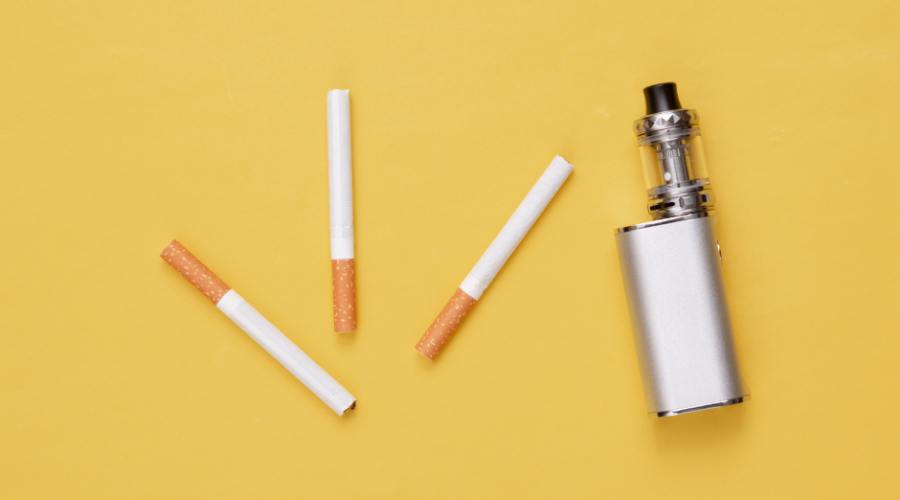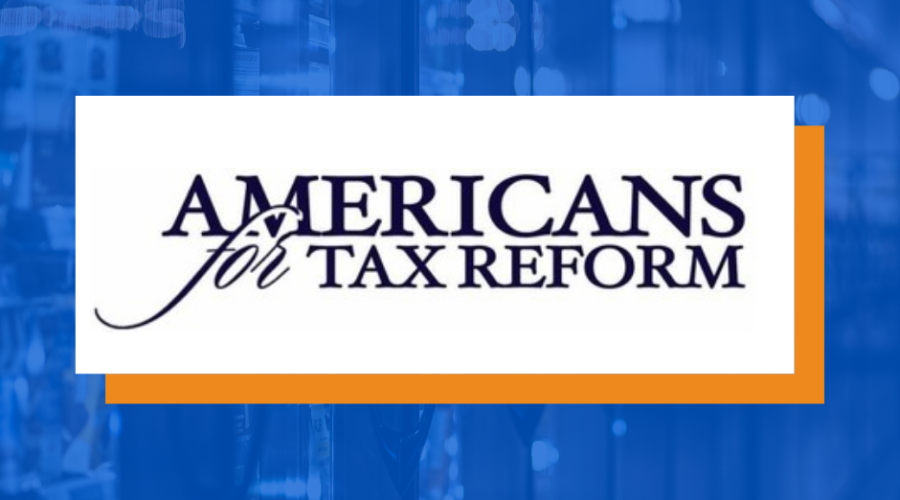FDA’s Juul crackdown is the latest blow in the irrational war on nicotine
Last week, the Food and Drug Administration handed down a consequential decision affecting millions of consumers: a marketing denial order for Juul Labs, maker of the popular pod-based Juul vaping device.
It’s best summarized as an immediate ban on Juul products.
This forces gas stations, convenience stores, vape shops, and other establishments that stock these devices and their flavored pods to immediately stop selling them to customers who want them.
Now, the FDA’s actions have been temporarily halted by the D.C. Appeals Court, giving the company additional time to argue its case in the judicial system.
While the judicial order is a fleeting sigh of relief for users of these products, it marks only the latest causality in the public health establishment’s irrational war on nicotine and nicotine products. And a sign that yet more denials will continue to reduce consumers’ access to nicotine alternatives, products known to be much less harmful than smoking.
The convoluted and byzantine process Juul failed is known as the Premarket Tobacco Product Application, an FDA-mandated permission test for any firm wanting to sell a new tobacco product (all pre-2007 are grandfathered in). As one would guess, the standards for this test are opaque, unclear, and entirely arbitrary.
Only a handful of vaping products have been able to pass the FDA’s mandate of “improving public health” since 2015, and only one not made by a tobacco company. As of writing, there are tens of thousands of vaping devices, liquids, and component parts still awaiting their fate from the FDA.
That latter point is an important one because the FDA — and laws passed by Congress — now recognize vaping products, even those containing synthetic rather than tobacco-derived nicotine, as tobacco, which justified this strenuous process.
What the bureaucratic labyrinth forced on every mom-and-pop vaping firm and tobacco company alike shows us is that the FDA has a persistent bias against consumer use of nicotine vaping — and nicotine more broadly.
On its own website, the FDA lists the products it has approved for quitting smoking, mainly pharmaceutical drugs like Chantix and Zyban, or nicotine patches or gums from Nicorette, distributed in the U.S. by pharma giant GlaxoSmithKline.
The United Kingdom’s government, on the other hand, recognizes the benefits of vaping devices and actively recommends them, citing the figure of 1.2 million British vapers who have now quit smoking.
The UK cites internationally available scientific research and endorsements by health bodies as another reason why smokers should consider putting down their cigarettes for a vape. Does the FDA not have access to this data? Or is this part of a bigger trend?
In the same month the FDA handed down this decision, it is seeking public comments on its proposed bans on flavored cigars and menthol cigarettes and will soon introduce a rule limiting nicotine levels allowed in cigarettes. How these rules will impact the relationship between law enforcement and minority communities – who use menthol products more often – has yet to be clarified, and neither has the risk of increased illicit markets, already the case in Massachusetts and Canada, which have their own menthol bans.
To think that when states are looking to legalize cannabis to end the drug war, it is baffling that we are beginning a new drug war on nicotine at the same time.
In all of this, the leading assumption, as the FDA website clearly states, is that people looking to quit already have the answers, and those answers are pharmaceutical products or nicotine abstinence programs that have received the government stamp of approval.
The millions of Americans who have quit smoking through vaping devices bought at gas stations or vape shops are taking a risk the FDA deems too dangerous, or as many health campaigners note are “more dangerous” than smoking.
Those claims stand against a litany of scientific studies and papers that prove that vaping is a less harmful alternative to tobacco use.
Why then, would noted anti-tobacco groups such as the Campaign for Tobacco-Free Kids, the Lung Association, and others be so focused on banning vaping products?
The nationwide anti-vaping efforts represent an organized effort by activist and tobacco control groups — often connected to the funding of billionaire former New York City Mayor Michael Bloomberg — to try to eliminate vaping as a safe and accessible nicotine alternative to combustible cigarettes.
We know this from several countries where these groups helped push vaping bans, such as Mexico and the Philippines, but also from Bloomberg’s $160 million grant to US organizations to campaign against youth vaping.
The pivot away from tobacco to focus on vaping, especially the “youth vaping crisis,” is as much about the money as it is the numbers.
According to the CDC, the current U.S. smoking rate is just 12.5%, down from over 20% not more than a decade ago. Nicotine alternatives like vaping devices, snus, and pouches have played a large role in this, as have broader cultural taboos on smoking.
And while the justification for restricting vape devices is because of youth use, the CDC’s own data shows that less than 0.6% of high schoolers used a Juul device more than once a month, down considerably over just two years. That downtrend trend is consistent among all vape products.
The confusion comes with how the data is tabulated, showing the percentage breakdown of high schoolers who vape and the products they use, often leading politicians and campaigners with the impression that far greater young people try vaping than they do. And this does not include those who vape cannabis products, which in former surveys showed higher numbers than nicotine vaping.
Regardless of those facts, vaping is in the crosshairs.
Despite the millions spent, there is no admission that responsible adults use these products in far greater numbers, and have positive health outcomes as a result.
This latter point has, thankfully, been taken up by a select group of tobacco researchers who understand the continuum of risk and laud vaping’s potential for getting smokers to quit, including Cliff Douglas, director of the University of Michigan Tobacco Research Network and the former vice president for tobacco control at the American Cancer Society.
Were this a rational and science-based conversation and regulatory process, those positive health outcomes would be a no-brainer. Unfortunately, as we have seen with the global war against vaping products, this is more an ideological battle than a mission of pure health.
The FDA has been all too willing to play this game in the court of politics, and they should be condemned for doing so.
Yaël Ossowski is a Canadian-American writer and deputy director at the Consumer Choice Center.










